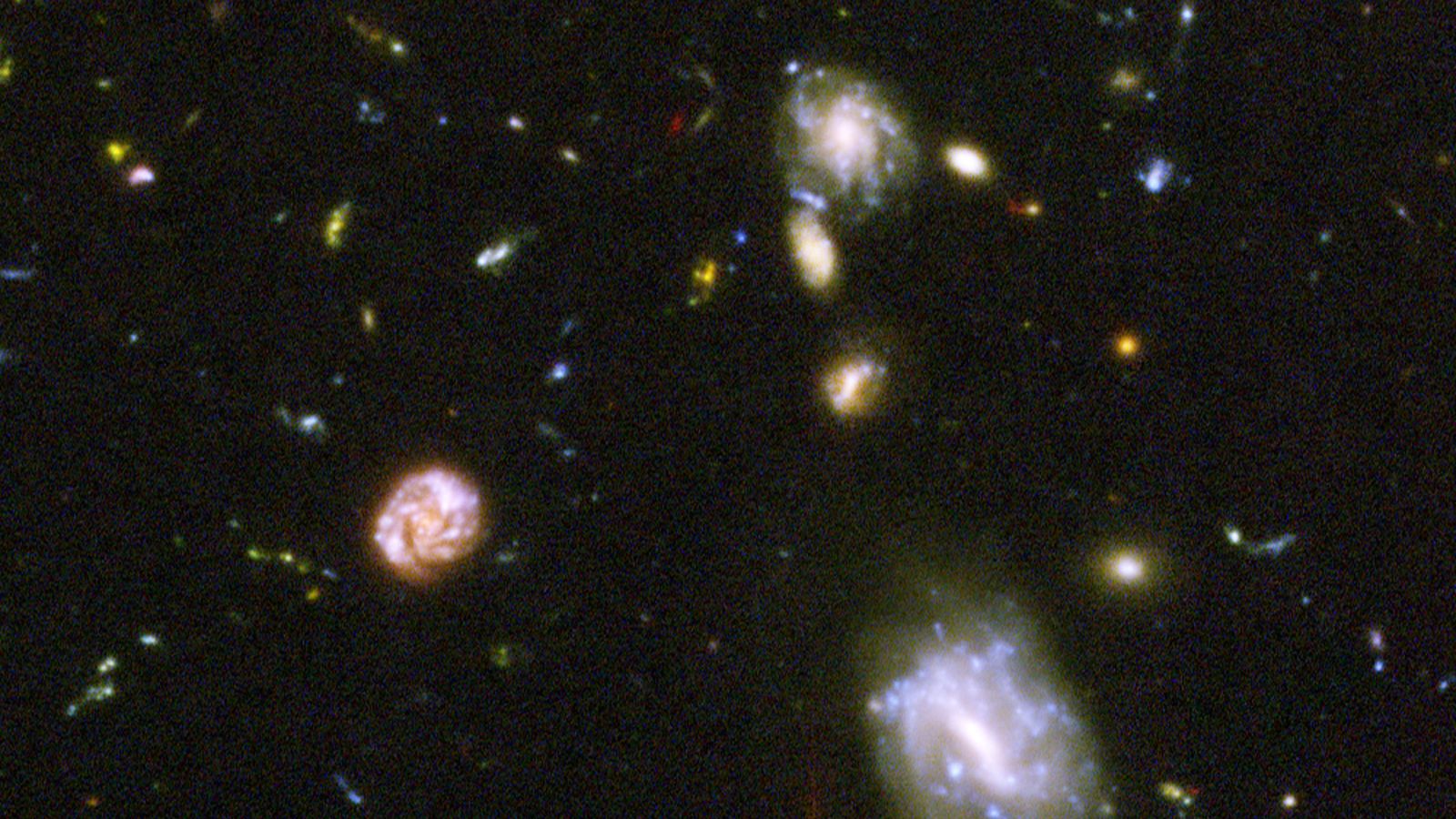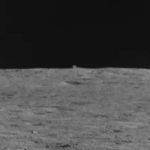A newly discovered galaxy “defies understanding” according to astronomers, mysteriously appearing to be surprisingly mature despite dating back to the early years of the universe.
Named ALESS 073.1, the galaxy formed just 1.2 billion years after the Big Bang occurred 13.7 billion years ago, but because it is so far away from Earth the light is now reaching us showing us what it looked like billions of years ago.
Astronomers from Cardiff University have been baffled by what they’ve seen, with Dr Federico Lelli saying: “We discovered that a massive bulge, a regular rotating disk, and possibly spiral arms were already in place in this galaxy when the universe was just 10% of its current age.”
“This galaxy looks like a grown adult, but it should be just a little child,” Dr Lelli added.
Dr Lelli is the lead author of the study which used the Atacama Large Millimetre/submillimetre Array (ALMA) telescope as a “time machine” to peer into the distant past and investigate how galaxies in the early universe were formed.
The study has come up with “one of the sharpest, direct images of a primordial galaxy ever produced which allowed the team to undertake a detailed study of its internal structure,” according to Cardiff University.
One of the key features of what were previously believed to be mature galaxies was the bulge in their centre where stars became tightly packed due to gravity.
It was believed that these massive bulges formed slowly by the merging of smaller galaxies or by specific processes that occurred within the galaxy itself.
However the discovery of ALESS 073.1 has completely rewritten this belief, suggesting the formation of massive bulges can actually occur extremely quickly, with around half of its stars shown to be contained in a bulge.
Similarly, some mature galaxies, like our own Milky Way, have been known to have spiral arms extending from their central parts, giving them a distinctive spiral shape.
Similar features were also unexpectedly spotted in the new galaxy, much to the amazement of the researchers.
Generally, early galaxies are thought to be chaotic and turbulent rather than having regular, well-organised structures like spiral arms.
Co-author of the study Dr Timothy Davis, also from Cardiff University’s School of Physics and Astronomy, said: “This spectacular discovery challenges our current understanding of how galaxies form because we believed these features only arose in ‘mature’ galaxies, not in young ones.”
“A galaxy like ALESS 073.1 just defies our understanding of galaxy formation,” Dr Lelli added.
The new research has been published in the journal Science.






















